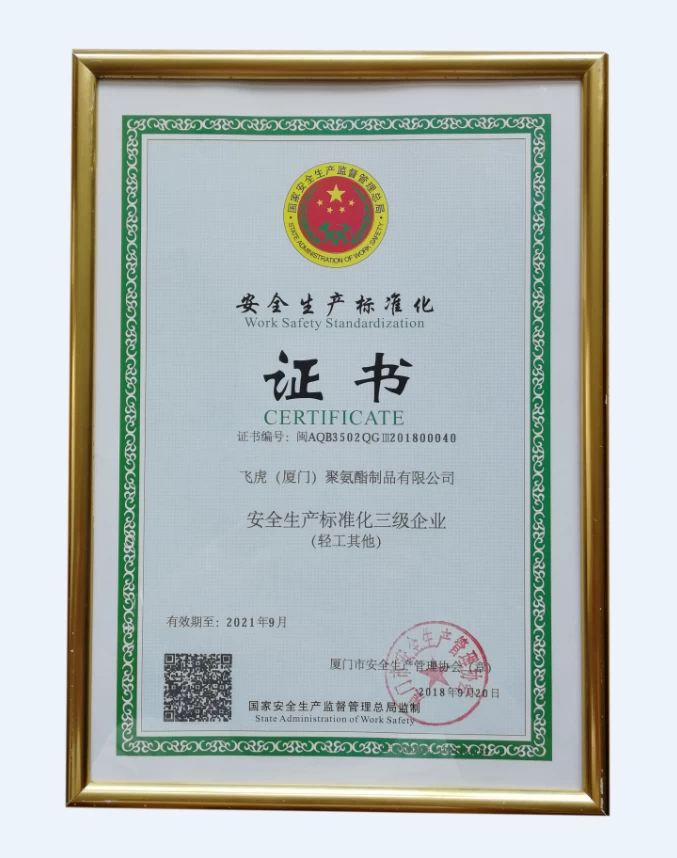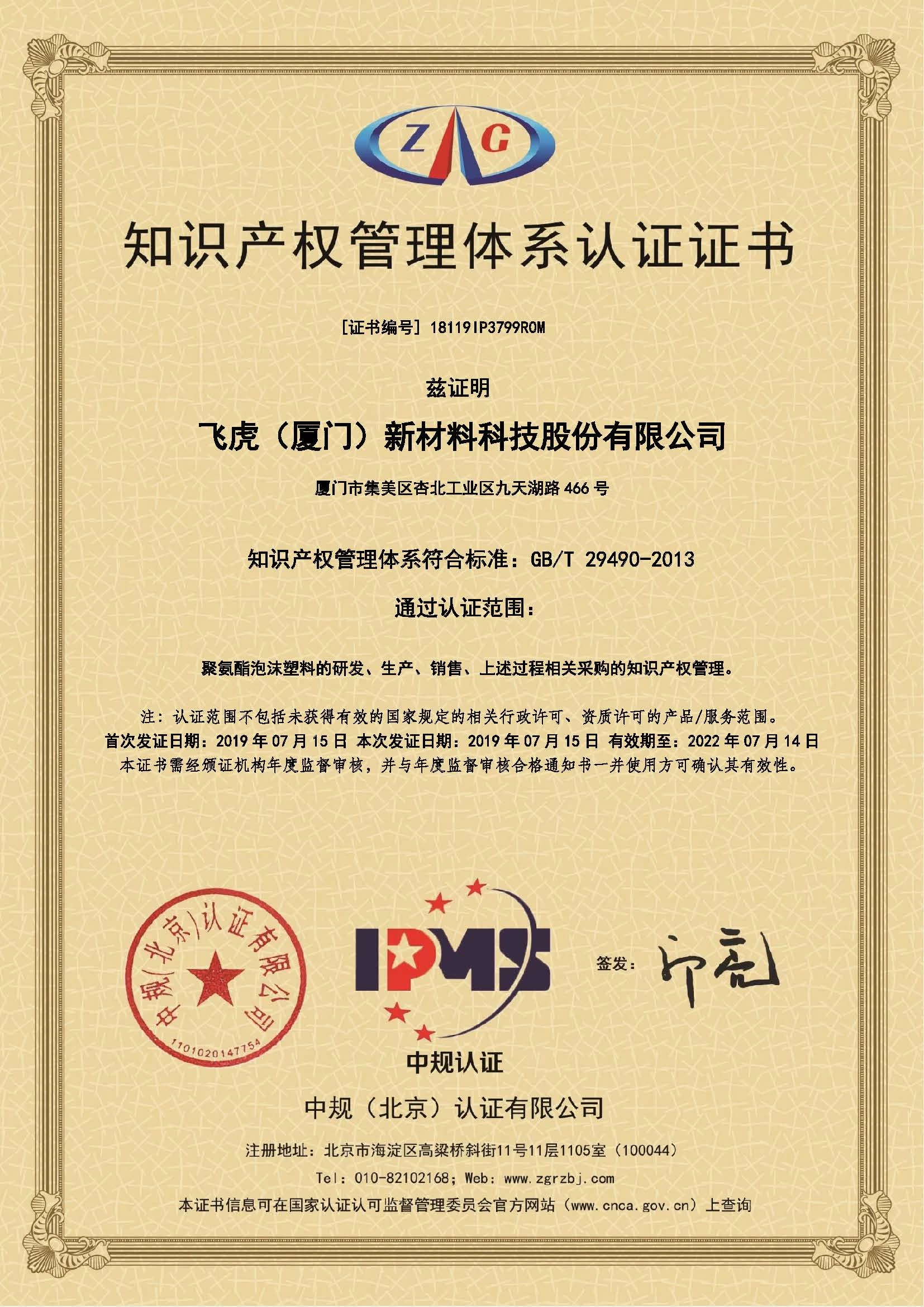The Amazon boss who conquered the cloud
Max lin
2016-08-19 16:17:04


Selling porcelain figurines and starting a cloud computing company may seem like rather different skills. But Andy Jassy, who founded and now leads Amazon Web Services, says one experience deeply informed the other.
“It was an unbelievable crash course in general management,” he says, referring to his time in the collectibles business, where he worked right after college for Danbury Mint, seller of dolls, coins, ornaments and keepsakes.
“The products weren’t long-term interesting to me, but the general management training and the business training were fantastic.” After that he started his own project, eventually going back to business school and then ending up at Amazon where he worked as Jeff Bezos’s “shadow”, a position that is somewhere between chief of staff and technical assistant.
Now Mr Jassy has his own shadow, a salt-and-pepper-haired engineer named Eric Docktor, who follows him into the room for our interview.
Seattle-based AWS has become the most closely watched division of Amazon after it was broken out as its own business segment in April. AWS, which rents out computing power and data storage, accounted for half of group profits in the most recent quarter. It is also the fastest-growing part of the company, accounting for one-fifth of revenue growth even though it is just one 20th of overall sales.
When AWS started, its success looked anything but inevitable. When Mr Jassy wrote the “vision document” that laid out the idea for AWS in 2003, he wrestled with every word, going through 31 drafts. Amazon’s policy, then and now, is that these proposals be no longer than six pages, to force the writer to clarify his thinking (and to save the reader time).
Through the revisions, the outline of AWS emerged with many of the key features it has today. Unlike its competitors at the time, it was to be pay-as-you-go, sparing users expensive monthly subscription plans. The computing platform was to be self-service — anyone with a credit card and an Amazon account could sign up.
“We were targeting developers and start-ups who were not very well served at the time,” Mr Jassy recalls. And Amazon decided to make itself one of the first customers, in a key step that meant its own retail operations would be completely reliant on AWS.
Mr Jassy says his own lack of experience running technology infrastructure when he started AWS turned out to be an advantage, as it allowed him and his team to challenge the status quo. “Getting used to not being afraid to ask dumb questions was really important,” he recalls.
One of the first big challenges was hiring his team — and doing so without telling potential employees what they would be working on. Amazon is notorious for its secrecy, and interviewees were not told about the plan until after they had been taken on.
“It was really important for nobody to know what we were building,” Mr Jassy says. “Nobody was expecting Amazon to build a technology infrastructure platform.”
He does not mention Microsoft by name, but the tech giant in Redmond, on the other side of Lake Washington, was clearly a big consideration in those early days. “It was really important to be the first mover in this space, because if one of the old-guard technology companies had built something like this and had been first to market, it would have been much harder for us to come in later.”
Interviewees were told they would be working on expanding a programming interface for another Amazon business. The strategy worked — even better than Mr Jassy had expected — and it took Amazon’s competitors years to cotton on to the potential of cloud computing services.
“In my wildest dreams I don’t think anyone believed at the time we would have the seven-year headstart we had,” Mr Jassy says.
Today the competitors have caught on in a big way. AWS has come into the limelight at a time when pretty much every large IT company — from IBM to Oracle to Google — would be happy to steal some of its business.
AWS has stayed ahead of the pack: Gartner, the research group, estimates that it has 10 times the computing capacity of its 14 nearest competitors combined. But Microsoft in particular has been catching up. Last month its share price rose to a 15-year high, helped by the news that revenues from Azure, its cloud computing platform had doubled from the previous year.
“AWS has competition that it has to think about at least, for the first time in its existence,” says Gartner analyst Lydia Leong. She does not see this as a threat, however, pointing out that the services from AWS and Microsoft cater for different user bases. “Amazon remains the king, Microsoft merely has gotten stronger.”
AWS also has plenty of challenges from within. Maintaining reliability as it grows quickly is one: a major outage at the end of September took its Virginia data centre region offline for five hours.
Another risk is losing its position as the darling of the analyst community. Among the investor community, the enthusiasm around AWS helped Amazon’s share price double in 2015.
That could wane, however, as the debt structures that AWS has used to finance its server purchases catch up with it over time.
Because the AWS business is growing so quickly, its depreciation cost — the writedown it takes to reflect its assets’ loss of value through age and use — is much lower than its capital expenditure . This means that profit margins will shrink for AWS as growth slows and depreciation catches up to its true capex levels.
Perhaps the biggest challenge of the moment is a crisis of culture. Amazon’s hard-driving work culture has come under scrutiny after an exposé by The New York Times earlier this year, which described scenes of frequent confrontation and employees crying at their desks.
Mr Jassy, who has been at the company for nearly two decades, says Amazon’s culture is a “real competitive advantage” for the company — and that healthy disagreements are part of that.
He rejects the Times articles as “skewed”, but acknowledges that having the backbone to disagree is part of the Amazon style. “We have a very important cultural principle that we want people to respectfully challenge each other when they disagree.” These types of challenging conversations were key for some of the early decisions at AWS, he adds.
The fast-paced Amazon culture is one reason why people such as Mr Jassy stay at the company. “Amazon is a place that really functions like a large start-up. It is not slow and stodgy and bureaucratic, we move way more fast,” he explains. “It is a pioneering culture.”
“It was an unbelievable crash course in general management,” he says, referring to his time in the collectibles business, where he worked right after college for Danbury Mint, seller of dolls, coins, ornaments and keepsakes.
“The products weren’t long-term interesting to me, but the general management training and the business training were fantastic.” After that he started his own project, eventually going back to business school and then ending up at Amazon where he worked as Jeff Bezos’s “shadow”, a position that is somewhere between chief of staff and technical assistant.
Now Mr Jassy has his own shadow, a salt-and-pepper-haired engineer named Eric Docktor, who follows him into the room for our interview.
Seattle-based AWS has become the most closely watched division of Amazon after it was broken out as its own business segment in April. AWS, which rents out computing power and data storage, accounted for half of group profits in the most recent quarter. It is also the fastest-growing part of the company, accounting for one-fifth of revenue growth even though it is just one 20th of overall sales.
When AWS started, its success looked anything but inevitable. When Mr Jassy wrote the “vision document” that laid out the idea for AWS in 2003, he wrestled with every word, going through 31 drafts. Amazon’s policy, then and now, is that these proposals be no longer than six pages, to force the writer to clarify his thinking (and to save the reader time).
Through the revisions, the outline of AWS emerged with many of the key features it has today. Unlike its competitors at the time, it was to be pay-as-you-go, sparing users expensive monthly subscription plans. The computing platform was to be self-service — anyone with a credit card and an Amazon account could sign up.
“We were targeting developers and start-ups who were not very well served at the time,” Mr Jassy recalls. And Amazon decided to make itself one of the first customers, in a key step that meant its own retail operations would be completely reliant on AWS.
Mr Jassy says his own lack of experience running technology infrastructure when he started AWS turned out to be an advantage, as it allowed him and his team to challenge the status quo. “Getting used to not being afraid to ask dumb questions was really important,” he recalls.
One of the first big challenges was hiring his team — and doing so without telling potential employees what they would be working on. Amazon is notorious for its secrecy, and interviewees were not told about the plan until after they had been taken on.
“It was really important for nobody to know what we were building,” Mr Jassy says. “Nobody was expecting Amazon to build a technology infrastructure platform.”
He does not mention Microsoft by name, but the tech giant in Redmond, on the other side of Lake Washington, was clearly a big consideration in those early days. “It was really important to be the first mover in this space, because if one of the old-guard technology companies had built something like this and had been first to market, it would have been much harder for us to come in later.”
Interviewees were told they would be working on expanding a programming interface for another Amazon business. The strategy worked — even better than Mr Jassy had expected — and it took Amazon’s competitors years to cotton on to the potential of cloud computing services.
“In my wildest dreams I don’t think anyone believed at the time we would have the seven-year headstart we had,” Mr Jassy says.
Today the competitors have caught on in a big way. AWS has come into the limelight at a time when pretty much every large IT company — from IBM to Oracle to Google — would be happy to steal some of its business.
AWS has stayed ahead of the pack: Gartner, the research group, estimates that it has 10 times the computing capacity of its 14 nearest competitors combined. But Microsoft in particular has been catching up. Last month its share price rose to a 15-year high, helped by the news that revenues from Azure, its cloud computing platform had doubled from the previous year.
“AWS has competition that it has to think about at least, for the first time in its existence,” says Gartner analyst Lydia Leong. She does not see this as a threat, however, pointing out that the services from AWS and Microsoft cater for different user bases. “Amazon remains the king, Microsoft merely has gotten stronger.”
AWS also has plenty of challenges from within. Maintaining reliability as it grows quickly is one: a major outage at the end of September took its Virginia data centre region offline for five hours.
Another risk is losing its position as the darling of the analyst community. Among the investor community, the enthusiasm around AWS helped Amazon’s share price double in 2015.
That could wane, however, as the debt structures that AWS has used to finance its server purchases catch up with it over time.
Because the AWS business is growing so quickly, its depreciation cost — the writedown it takes to reflect its assets’ loss of value through age and use — is much lower than its capital expenditure . This means that profit margins will shrink for AWS as growth slows and depreciation catches up to its true capex levels.
Perhaps the biggest challenge of the moment is a crisis of culture. Amazon’s hard-driving work culture has come under scrutiny after an exposé by The New York Times earlier this year, which described scenes of frequent confrontation and employees crying at their desks.
Mr Jassy, who has been at the company for nearly two decades, says Amazon’s culture is a “real competitive advantage” for the company — and that healthy disagreements are part of that.
He rejects the Times articles as “skewed”, but acknowledges that having the backbone to disagree is part of the Amazon style. “We have a very important cultural principle that we want people to respectfully challenge each other when they disagree.” These types of challenging conversations were key for some of the early decisions at AWS, he adds.
The fast-paced Amazon culture is one reason why people such as Mr Jassy stay at the company. “Amazon is a place that really functions like a large start-up. It is not slow and stodgy and bureaucratic, we move way more fast,” he explains. “It is a pioneering culture.”
Related news:
- non-toxic pu tire, high quality pu tire for baby carrier,universal wheel for strolley, china xiamen pu tire manufacuturer
- large kitchen mats,kitchen fatigue mats,cushioned kitchen floor mats,kitchen comfort mats
- PU polyurethane life jackets,inflatable life jacket,belt life jacket,personalized life jacket
- Eco-friendly PU foam baby stroller tyre,pu foam strolller tyre wheel,pu solid stroller wheel tyre,cheap professional pu stroller tyre
- comfortable memory pu foam pillow,professional pu slow rebound pillow, sleep helper memory pillow, manufacturer polyurethane foam pillow


















